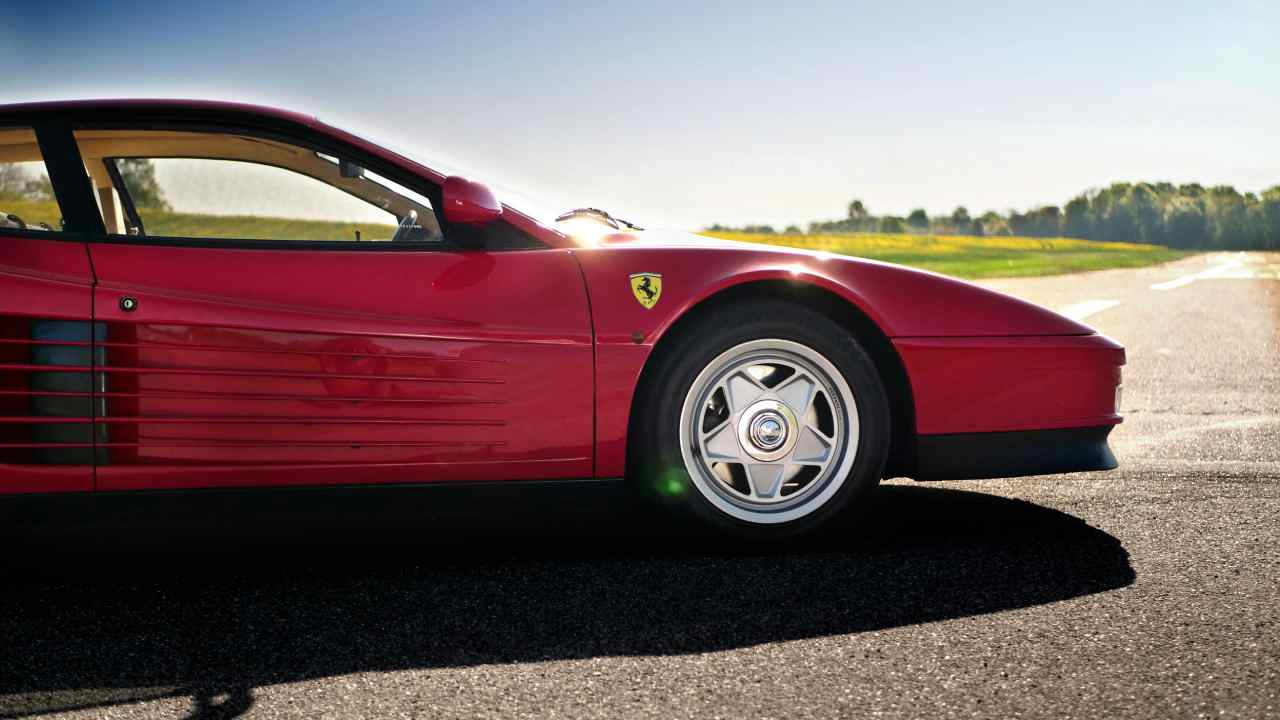Restoring a classic car is not just a project—it’s a passion and an art form. For automotive enthusiasts, there’s nothing quite like bringing a vintage vehicle back to life and cruising down the road in a time machine that you built with your own two hands. However, the process can feel overwhelming, especially for beginners.
If you’ve been itching to restore a classic car but don’t know where to start, this guide is for you. We’ll take you through the essential steps, from setting up your workspace to putting on the final polish. By the end, you’ll feel ready to take on your first (or next!) restoration project.
Getting Started: Tools and Workspace Setup
Before you can begin restoring a classic car, you need the right tools and workspace. restoration projects involve precision and plenty of room to maneuver, so preparation is key.
Tools You’ll Need
Investing in quality tools will make your restoration process smoother and more enjoyable. Here are some essentials for beginners:
- Socket and wrench sets
- Screwdrivers (flathead, Phillips, and specialty sizes)
- Floor jack and sturdy jack stands
- Air compressor and impact wrench
- Welder (for bodywork and structural repairs)
- Paint spraying equipment (for exterior finishing)
- Multimeter (to troubleshoot electrical systems)
- Specialty manuals for your specific vehicle
Setting Up Your Workspace
Find a well-ventilated, spacious area to work in—ideally, a garage or workshop with electricity and proper lighting. Your car should fit comfortably with extra room to move around it. Lay down rubber mats or use a creeper for working underneath the vehicle. Lastly, keep your space organized with labeled storage bins for parts and tools.
Assessing the Project
Not all classic cars are created equal! Your first step is to assess the condition of the vehicle and determine how much work it will require.
- Inspect the Body
Check for rust, dents, and structural damage. Rust on the surface is manageable, but extensive corrosion in key structural areas may make the project unfeasible or too costly.
- Evaluate the Engine and Transmission
Is the engine running? If not, understand the issues before committing to restoration. Starting with a seized engine versus one that requires minor tuning can make all the difference.
- Assess the Interior
Upholstery, dashboard instruments, and consoles can often be repaired or replaced, but severe interior damage may necessitate significant investment.
- Set Realistic Goals
Consider your skill level, budget, and overall time availability for the project. It’s okay to start small and work your way up to larger undertakings.
Planning the Restoration
Organization is the backbone of a successful restoration project. Create a clear roadmap with these key components:
- Budgeting
Estimate how much money you’ll need for tools, parts, and paint. Be prepared to leave room in your budget for unexpected expenses.
- Timeline
Break the restoration project into smaller tasks with realistic deadlines. Keep in mind that quality work often takes longer than expected.
- Documentation
Take detailed photos before you disassemble anything. Documenting every part and its placement will help immensely during reassembly.
The Restoration Process
Here comes the fun part—bringing the car back to life! Follow these fundamental steps to restore each aspect of the vehicle.
1. Bodywork
Body restoration involves dealing with rust, dents, and other external issues. Begin by stripping the car down to its bare body. Sandblast rusted areas, replace panels if necessary, and use a welder to fix structural weaknesses.
2. Engine Restoration
Decide whether to rebuild the existing engine or opt for a replacement. Disassemble the engine to inspect for damage, then replace worn-out components like pistons, gaskets, and timing belts.
3. Interior Repairs
Reupholster the seats, replace carpet, and restore dashboard instruments. Small details like refinished door panels and a restored steering wheel add personality to the finished vehicle.
4. Electrical System
Faulty wiring is common in classic cars. Carefully check electrical components like the battery, headlights, and ignition system. Use a multimeter to locate faulty circuits and replace corroded wiring.
Sourcing Parts
Finding high-quality replacement parts can be a challenge, but these tips will help streamline the process:
- Specialized Suppliers: Look for shops specializing in parts for classic cars. Some focus on specific makes and models.
- Online Marketplaces: Websites like eBay Motors or AutoTrader Classics are treasure troves for vintage parts.
- Local Junkyards: Your local salvage yard may hold valuable treasures if you’re willing to search.
- Join Enthusiast Clubs: Connect with other classic car owners who may have spare parts for sale or valuable leads.
Finishing Touches
Once the major work is done, it’s time to bring your car’s exterior back to its former glory.
- Painting: Choose a professional-grade paint job for a pristine finish, or use a DIY kit if you have experience and the right equipment.
- Polishing: Apply polish and wax to protect and enhance your paint.
- Final Inspection: Check that all mechanical, electrical, and cosmetic work has been completed to your satisfaction. Don’t forget to test-drive your vehicle to ensure it’s road-ready!
Maintenance After Restoration
Your work doesn’t end after the final polish—keeping your restored classic car in great condition requires regular maintenance.
- Routine Inspections: Periodically check for rust, leaks, and other potential issues.
- Storage Tips: Always store your car in a dry, climate-controlled space to prevent moisture damage.
- Scheduled Maintenance: Change the oil, rotate tires, and tune up the engine regularly to ensure longevity.
- Drive It Often: Cars are meant to run, and keeping your classic moving prevents parts from seizing up.
Your Dream Car Awaits
Restoring a classic car is a labor of love that requires time, effort, and passion—but the rewards are unmatched. Taking a neglected piece of history and transforming it into a gleaming work of art is an accomplishment you’ll cherish for years to come.
Have your own restoration story or questions about getting started? Share your thoughts with us in the comments or reach out—we’d love to help fuel your restoration dreams!

